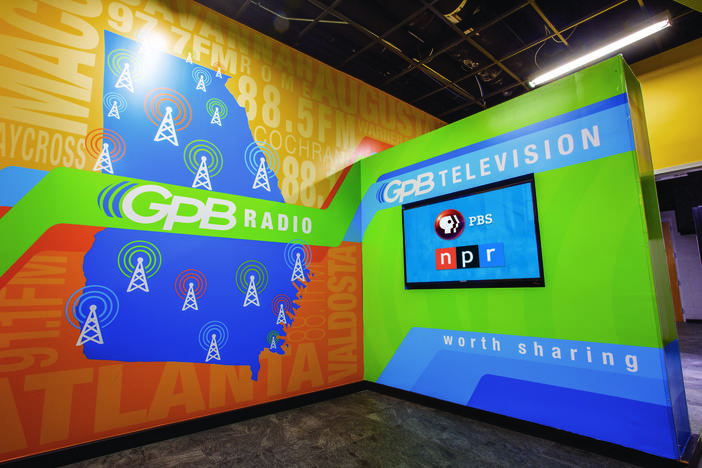Section Branding
Header Content
Reading A Letter That's Been Sealed For More Than 300 Years — Without Opening It
Primary Content
A signed, sealed but not delivered letter from 1697 has finally been read with the help of a high-tech scan that looked inside without breaking its seal.
Transcript
ARI SHAPIRO, HOST:
More than 300 years ago in France, a man wrote a letter. It was signed, sealed but never delivered. Now scientists have used a high-tech scan to peek inside without unfolding it. NPR's Nell Greenfieldboyce reports on why they didn't just open it.
NELL GREENFIELDBOYCE, BYLINE: Envelopes as we know them today didn't exist until the 1830s. Before then, people would write a letter and then fold the sheet of paper up into its own neat, little package. This was an everyday part of life for hundreds of years.
JANA DAMBROGIO: And the most important thing is that people intentionally built in tamper-evident devices.
GREENFIELDBOYCE: Jana Dambrogio is a conservator with the Massachusetts Institute of Technology Libraries. She says security devices included combinations of slits, folds, creases, tucks.
DAMBROGIO: And there's so many ways. And they can make it look like it's less secure and have security hidden on the inside, or they can make something look very secure, but it actually isn't that secure on the inside.
GREENFIELDBOYCE: All of this is called letterlocking. It hasn't gotten much attention. In the past, if a scholar wanted to read a sealed letter, an archivist would just cut it open.
DAMBROGIO: That takes precedence, that opening to read words and text. And what we're saying is, what do we lose when we open the unopened?
GREENFIELDBOYCE: Her group has been closely studying letterlocking and was intrigued to learn of an old postmaster's trunk found in the Netherlands. It was filled with letters from the 17th century. Hundreds of them had never been opened. So researchers started running sealed letters through a device that was originally designed to study teeth. It provided a detailed, three-dimensional X-ray image. Team member Amanda Ghassaei says the ink shows up as a bright region on the scan, but initially, it's impossible to read.
AMANDA GHASSAEI: Everything's kind of jumbled together. Many layers of paper are going to be pressed close together and, you know, words kind of overlapping each other.
GREENFIELDBOYCE: She says the challenge was to manipulate that data and virtually unfold it.
GHASSAEI: And actually kind of generate something that looks like an image of the letter if it had been opened and flattened. But in reality, you know, we haven't even touched the letter. All we've done is scanned it.
GREENFIELDBOYCE: In the journal Nature Communications, they show how a computer can do it. They describe one sealed letter from 1697. It turns out to be a message from a man in France to his cousin in the Netherlands, asking for an official death certificate for another relative. It's just a normal piece of family business. But Dambrogio says the folds are lovely.
DAMBROGIO: This one has the most beautiful pattern. In one sequence, it makes an arrow shape, which folds in on itself and is sealed with a little piece of adhesive.
GREENFIELDBOYCE: There are many, many other sealed letters that could be studied in the same way, like ones in mail packages that the British navy seized from enemy ships, for example. And the new technique impressed other scholars like Brent Seales. He's a computer scientist at the University of Kentucky who's virtually unwrapped ancient scrolls that are too fragile to be unrolled.
BRENT SEALES: They revealed the text, which was awesome. To do that without opening the letter is itself a sort of miracle, which I love. But they were also complete about the technology of the artifact itself.
GREENFIELDBOYCE: And they fully disclosed their whole process step by step. He says that kind of transparency is super important.
SEALES: You know, they told you in their paper what a letter says inside without ever opening it. You have to have some kind of trust in that.
GREENFIELDBOYCE: Because the whole point is that you can't just open up the letter to check.
Nell Greenfieldboyce, NPR News.
(SOUNDBITE OF RYAN HELSING AND MATTHEW SALTZ'S "CASCADE") Transcript provided by NPR, Copyright NPR.
